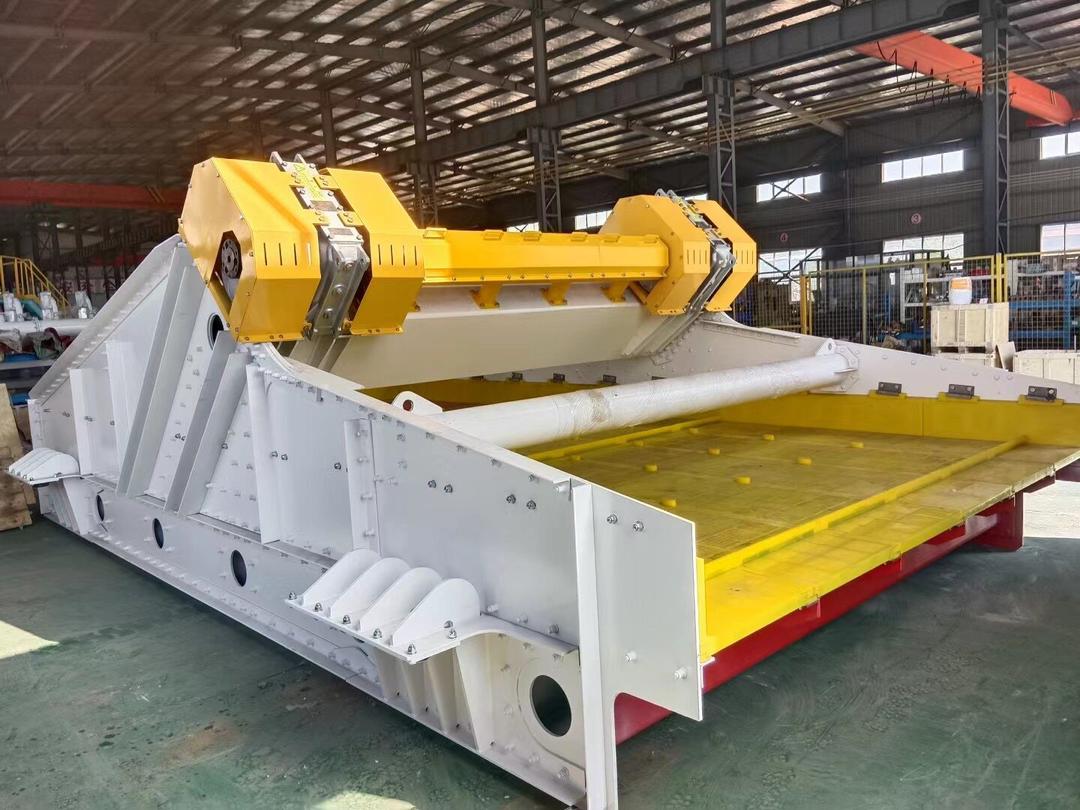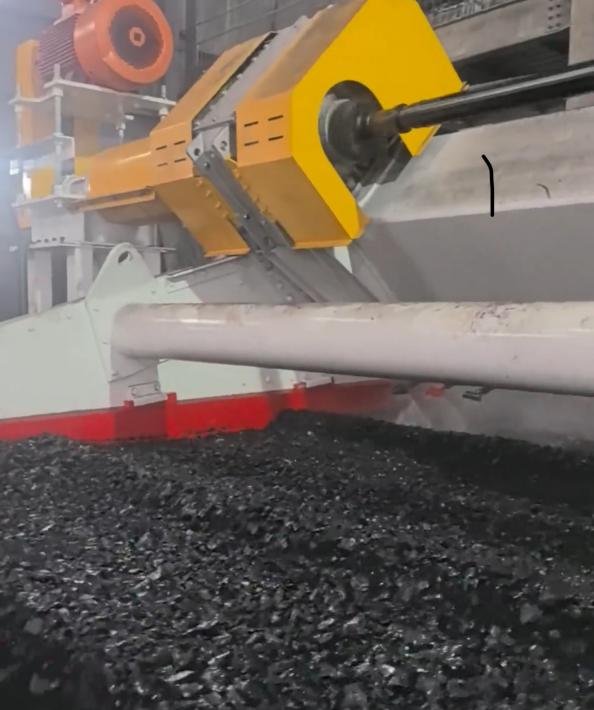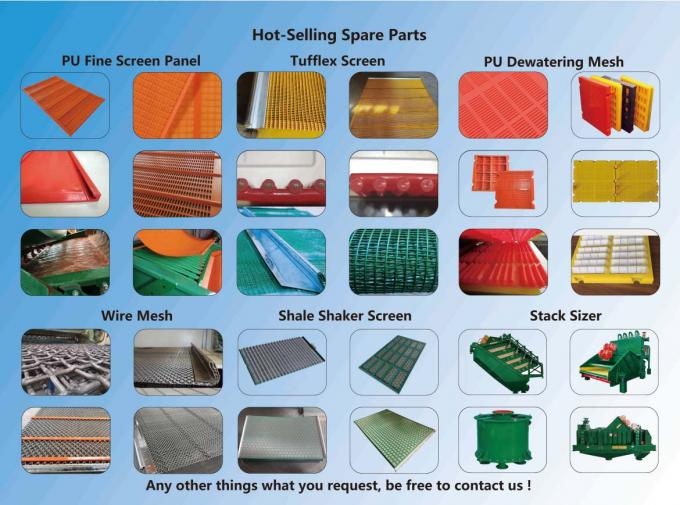Polyurethane dewatering screens are integral to coal washing plants, offering wear resistance, corrosion tolerance, and operational flexibility. However, maximizing their value requires adherence to systematic precautions across five critical phases: selection, installation, operation, maintenance, and storage.

Screen performance begins with appropriate selection. Key considerations include:
Material Compatibility: For high-moisture coal (>15%), select screens with large cone angles (120°–140°) and specialized aperture designs to prevent clogging. For abrasive coal, reinforced or nano-coated screens are recommended.
Equipment Specifications: Ensure screen parameters align with vibration frequency (800–1500 r/min) and amplitude (3–8 mm) to minimize fatigue.
Process Requirements: Use elongated apertures for de-mediuming and precision screens for fine classification, maintaining dimensional tolerances within 5%.

Proper installation safeguards screen functionality:
Pre-installation checks must include groove cleaning and inspection for deformation or wear exceeding 2 mm.
Verify screen integrity—cracks, blistering, or aperture distortion are grounds for rejection.
Post-installation tests should include idle runs and material trials to confirm stability and efficiency.
Sustained screen efficiency relies on disciplined operation:
Conduct bi-hourly inspections, using compressed air (0.4–0.6 MPa) to clear blockages.
Monitor motor current and noise; shutdown is advised if current exceeds 10% of the rated value or noise surpasses 80 dB.
Control feed rates to ≤90% of screen capacity and ensure even material distribution to prevent localized wear.

Routine maintenance is critical for longevity:
Clean screens after shifts using high-pressure water (1–2 MPa), avoiding direct impact on seams.
Perform weekly bolt checks and monthly thickness measurements; replace screens if wear exceeds 30%.
Address minor cracks with polyurethane repair compounds and replace severely damaged screens promptly.
Proper storage mitigates premature aging:
Store screens in cool, dry environments, away from direct sunlight or extreme temperatures.
Categorize and repurpose partially worn screens for non-critical roles to optimize resource use.
Plan replacements every 6–12 months, depending on operational intensity.
Adhering to these structured precautions ensures extended screen lifespan, enhanced operational efficiency, and reduced costs. For tailored screening solutions, consult HUATAO Group’s technical team.
Contact Information:
Email: annie.lu@huataogroup.com
Website: www.tufflexscreen.com
WhatsApp: +86 18032422676
#PolyurethaneDewateringScreen #CoalWashingPlant #ScreenMaintenance #DewateringSolutions #HUATAOGroup #IndustrialScreening #CoalProcessing #MiningEquipment #OperationalEfficiency #PreventiveCare

can not be empty
can not be empty
